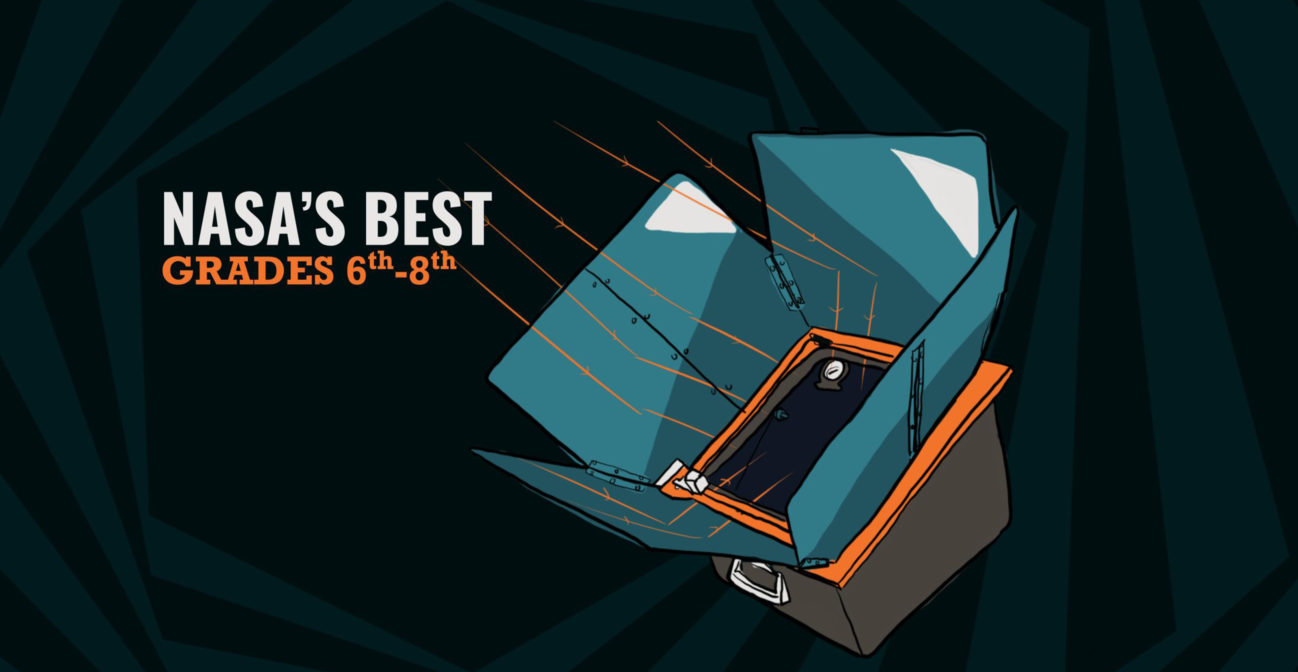Join us for conversations that inspire, recognize, and encourage innovation and best practices in the education profession.
Available on Apple Podcasts, Spotify, Google Podcasts, and more.

Middle school learners will be guided through a series of challenges that follow the engineering design cycle. Join NASA on an adventure through solving an engineering challenge to create an oven using the energy from the sun.
OBJECTIVE
To demonstrate an understanding of the Engineering Design Process while utilizing each stage to successfully complete a team challenge.
MATERIALS
STUDENT PAGES
PRE-ACTIVITY SET-UP
It is recommended to take a few minutes at the start of the session to discuss safe handling procedures of the food and of their solar ovens when exposed to the sun: (1) Remind students the importance of hand washing before handling food; and (2) Ovens will get hot and will require the use of protective gear or a tool to manipulate items in and out of the ovens.
Please note: This activity may require two 60-90 minute sessions to complete.
ASK, IMAGINE, & PLAN
Engage the students with the following questions:
This session concludes the NASA’s Beginning, Engineering, Science and Technology series. Students now should have a firm grasp of the Engineering Design Process and how it is applied in real applications of our quest to travel to the Moon, Mars and beyond. Print out a certificate for each student for completing all the steps to becoming a NASA’s BEST student (see end of guide).